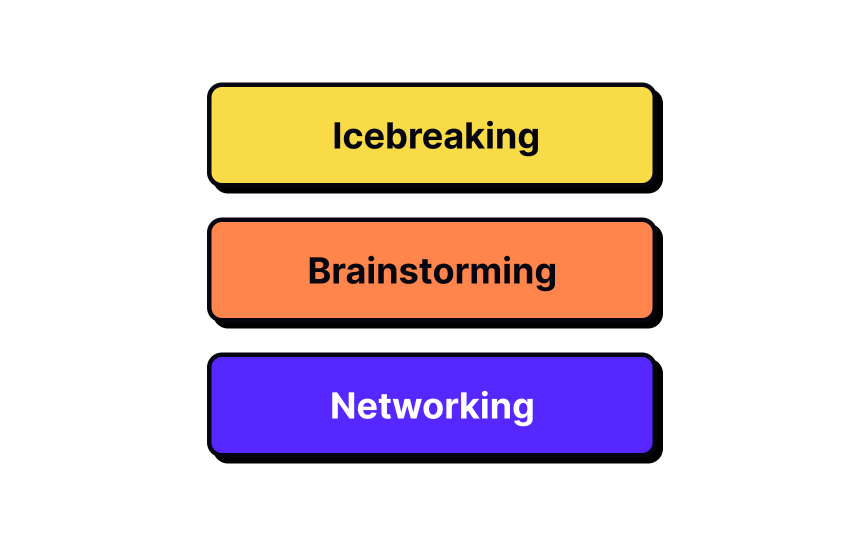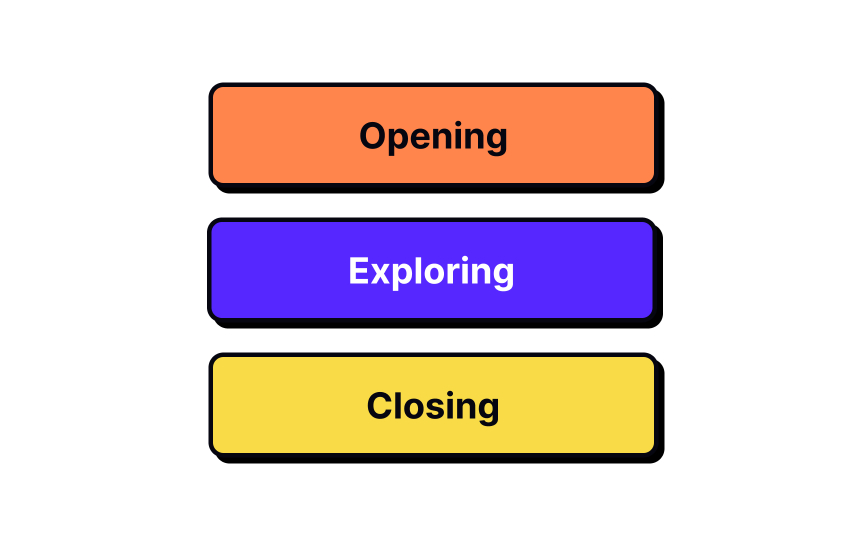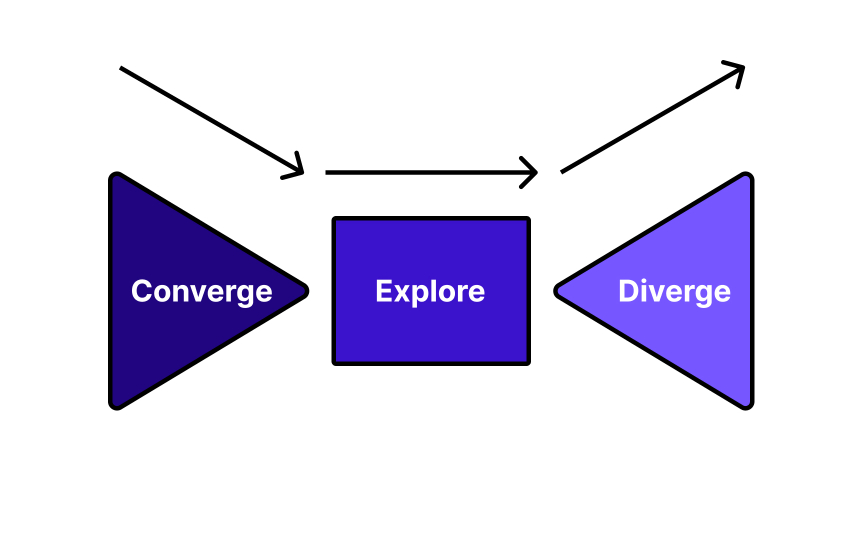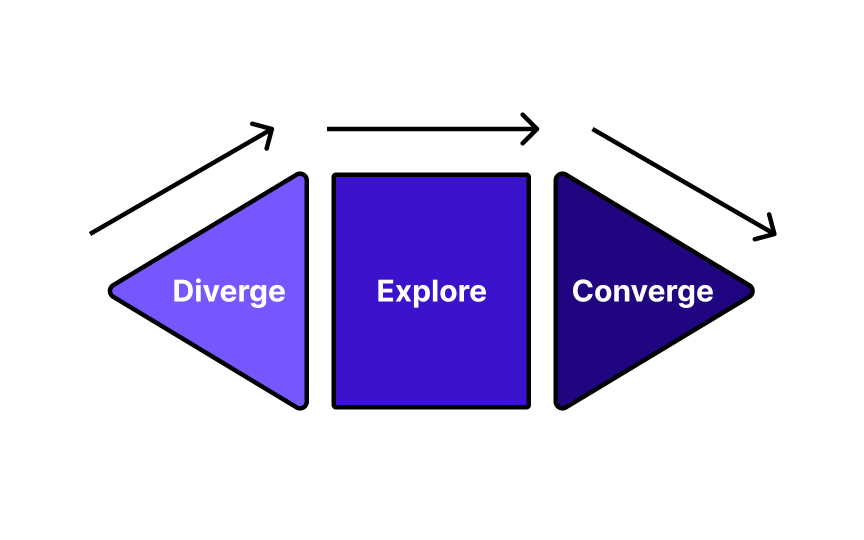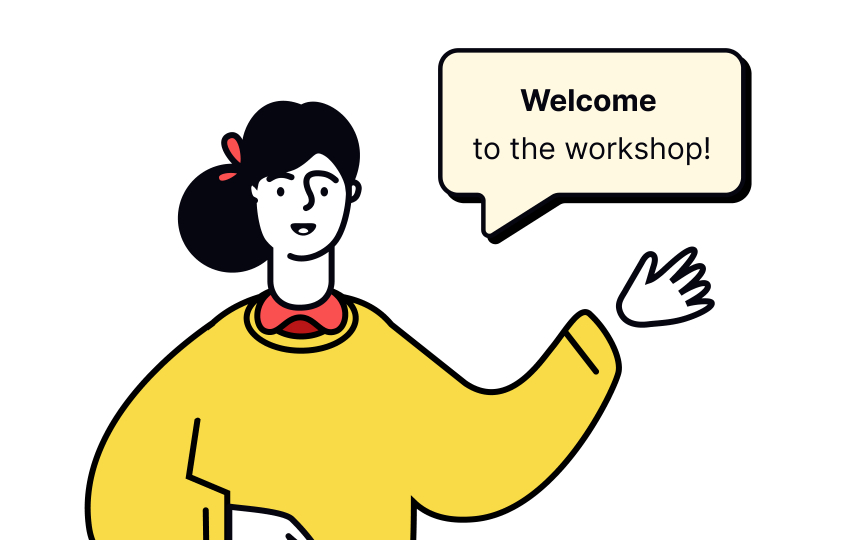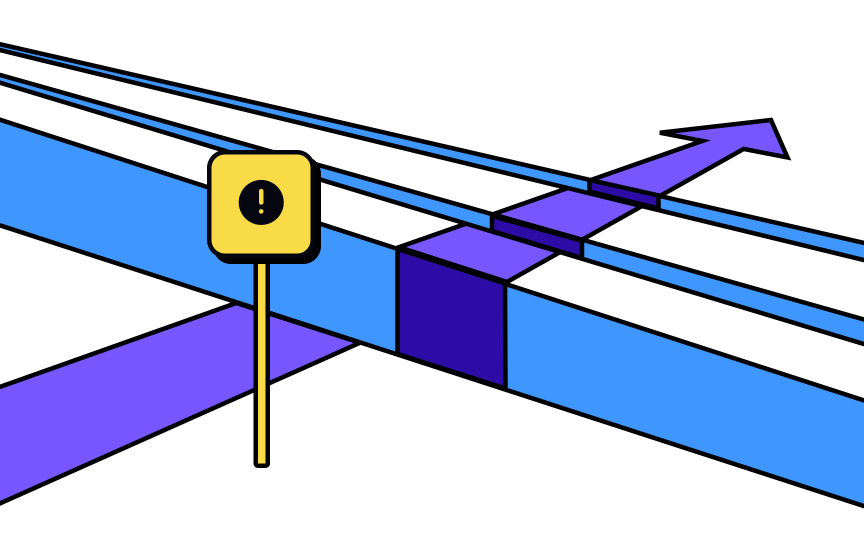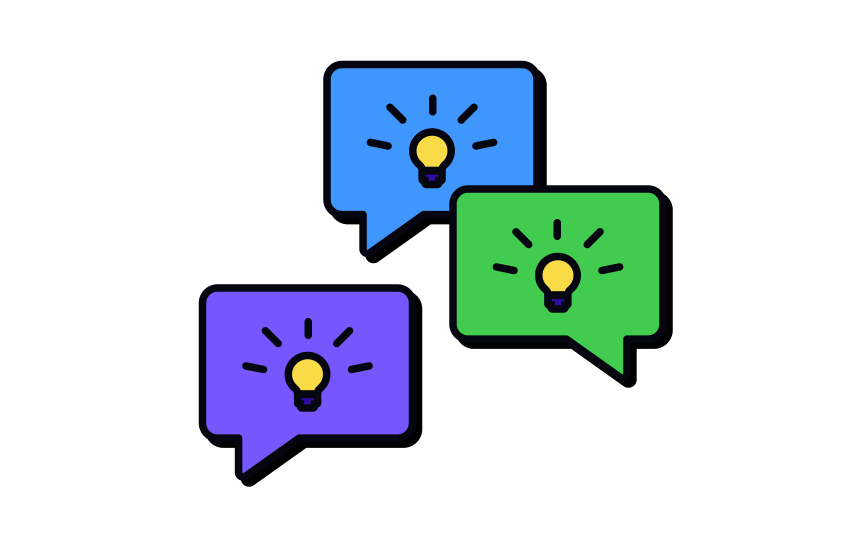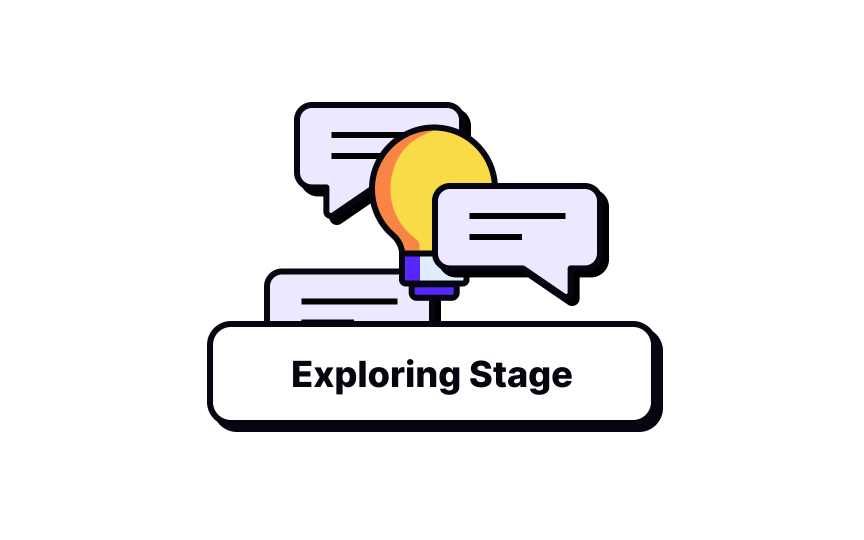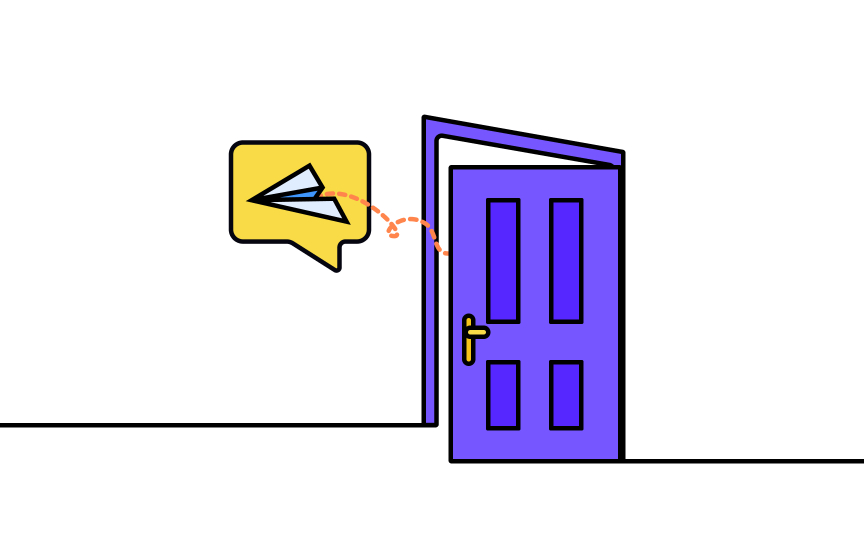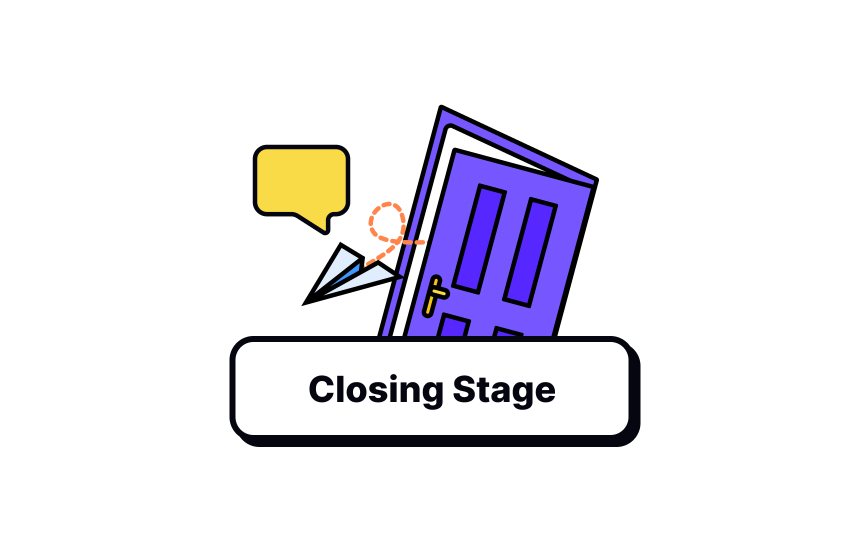High-Level Design Workshop Processes
Learn how to create a high-level outline that guides your workshop agenda
A design workshop is a collaborative process that involves the participation of people with potentially conflicting ideas and thoughts. So, having a plan in place to best make sense of these diverse insights becomes paramount. Creating a high-level outline that guides your workshop agenda can also help drive your goals forward in the most productive and efficient way.
Every workshop framework has three essential stages:
- The opening stage: Involves reviewing the background information of the design challenge at hand, discussing the end goals, and allowing participants the time to come up with their own insights.
- The exploratory stage: Involves participants sharing and building on their individual insights through hands-on activities as a group.
- The closing stage: Involves consolidating these insights into actionable solutions.
Each stage calls for different types and levels of participation that best allow for information and insight sharing.
Collaboration between individuals in a workshop can be tricky. Some participants may thrive thinking out loud, while others might do better when they can reflect by themselves.
The diverge and converge method can come in handy here by allowing all types of participants to contribute in a way that feels most productive to them. The diverge and converge method involves participants first working by themselves individually (diverge) and then coming together to discuss and analyze their insights with the rest of the team (converge).
Another great benefit of this method is that it prevents personal bias, groupthink, or the HiPPO effect (highest-paid person’s opinion) from creeping in.[1]
The opening stage of your workshop should first focus on outlining your workshop goals. To do so, you’ll also need to go over all the relevant background information, such as who your users are, what their pain points are, etc., in addition to what you’re seeking to accomplish by the end of the workshop.
Next, refer to the list of questions you want to address in your workshop or the problems you want to brainstorm. Have each participant then individually come up with ideas and jot them down. This process is known as diverging, and it can be highly beneficial to do so before opening the floor for group discussion because:
- It eliminates distractions for participants at the outset and allows them to think better
- It allows participants to work at their own pace
- It prevents groupthink from creeping in
- It allows participants to sit with their ideas and fully form them before subjecting them to the scrutiny of the group
Some challenges you may face at the opening stage of the workshop might include:
- Getting your participants on the same page: When you start a diverge session, ensure that all your participants are working on a shared list of questions or problems. Otherwise, the converge phase will make no sense, with no common denominator for discussion. To simplify things, hand out a sheet that contains these prompts or questions.
- Talkative participants: Some attendees are likely to be chattier than others. To avoid their voices and thoughts from usurping the thinking time of other attendees, clearly announce that the diverge phase is a quiet time where talking is not allowed.
- Time crunch: It can be easy to get carried away and allow the diverge phase to carry on indefinitely, but it can adversely affect the time left for the rest of the items on your workshop agenda. So, set a maximum duration for this phase and stick to it.
Up until this stage, participants work individually to produce ideas and solutions. The exploratory stage involves going over these ideas together and generating additional ones as a group. Thus, the converge phase begins.
The exploratory phase allows you to:
- Gain a collective understanding of the problems being faced
- Understand all the ideas that were generated in the opening phase
- Discover relations between these ideas
- Group similar or related ideas together and remove irrelevant ideas
- Improve ideas into better versions
Some problems you could face during the exploring stage can include:
- Arguments: People can get very protective about their ideas in a discussion. Banning the words “but” and “no” from your discussions can help people feel less defensive about sharing their ideas and be more open to others.
- Misinterpretations: Since a lot of people are involved in the discussion, misinterpretations may start creeping in. To avoid this, have the workshop facilitator sum up the proceedings every few minutes and encourage people to note down and ask questions wherever they find ambiguities.
- Difficult participants: Some participants may be too shy to contribute, while others may dominate the conversation entirely.
- Time crunch: Like in the opening stage, set a time limit for this stage to avoid going overboard and comprising the rest of the items on your workshop agenda.
In the final stage of the workshop, the closing stage, you’ll be left with a whole lot of ideas and solutions to implement. Narrow down your options and prioritize them with the help of your team. Take a vote on which solutions hold the most value or are most pressing. You can then go on to draft a plan of action that details the next steps for your team members.[2]
Some challenges you might face during the closing stage of the workshop include:
- Inconclusive or insufficient insights: It is quite possible that at the end of a long workshop, you’re still left with unhelpful or insufficient data to make a design decision. Use this opportunity to reexamine your goals and see if you can improve your process. If not, commission further workshops or user research activities to gain better results.
- Disagreements in prioritization: Taking a vote when prioritizing solutions and tasks at the closing stage is the best way to avoid such differences in opinion. In the case that there is a tie, the workshop facilitator can exercise their best judgment to make a final decision.
- Making people feel included: At the end of the workshop, everyone wants to feel like they’ve made good use of their time and effort. Facilitators must acknowledge this by summarizing the participants' insights, thanking each participant, and explaining how workshop results will be applied.
References
- The Diverge-and-Converge Technique for UX Workshops | Nielsen Norman Group
Top contributors
Topics
From Course
Share
Similar lessons

Design Workshop Basics

Design Workshop Types

